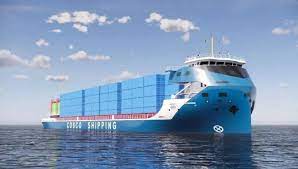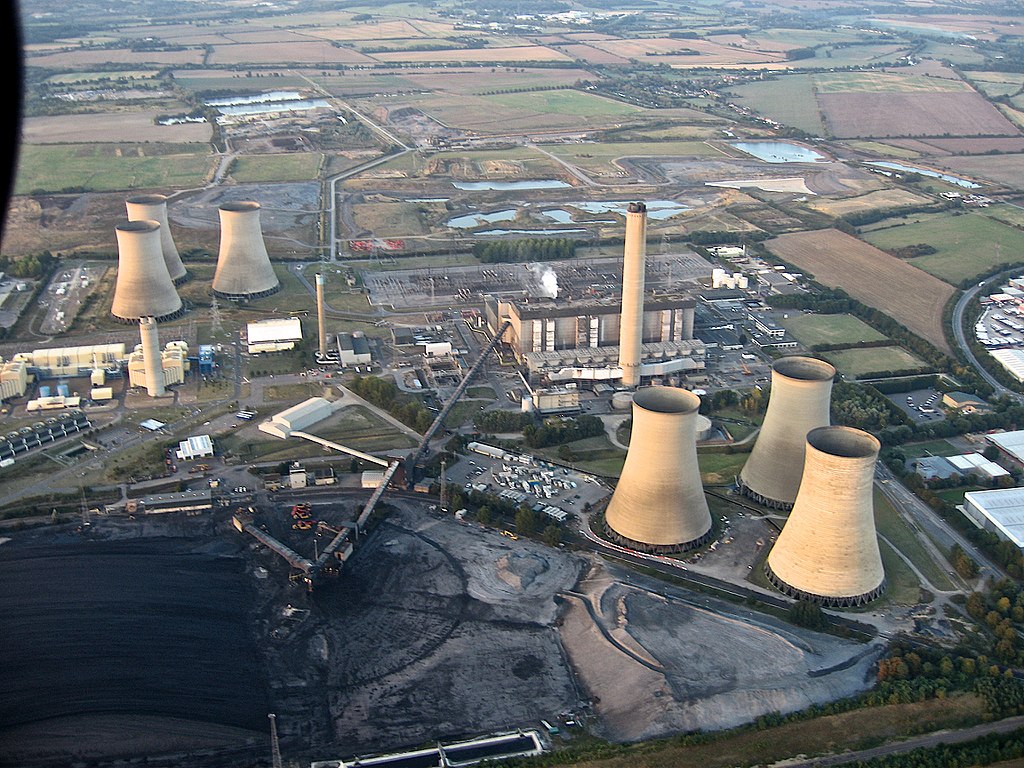There are a great number of different sectors which need to be tackled if we are to move towards net zero as a world. One of the hardest is the ships that transverse the world oceans, allowing the global economy to run. Is this finally an area which cuts will be possible?

Many sectors of the global economy have been fully sorted – or at least solutions exist which will take carbon to zero over time – I will include a quick overview below, but for the rest of the article look below the bullet points:
- Power- it is (in most of the world) cheaper to scrap a standing coal powerplant and replace it with brand new solar and wind, than to continue to use the coal. While replacing coal with gas does lead to a reduction in emissions, it is not enough, and this too is more expensive to run long-term. Letting go of gas will be harder, as it will require very large batteries to replace gas as the base load – but economics as well as global warming are rapidly changing this too.
- Agriculture- many of our current methods for agriculture have high emissions, however through a variety of methods, it is predicted that this sector can rapidly move to net zero. From additives in cattle diet (made from seaweed) which vastly reduce methane production) to less fertilizers, and spreading various rocks on the land which will lock carbon into the soil (good for climate change and the farmers yields), as well as electrical equipment, solutions exist, we simply need to use them (they are too expensive currently for parts of the world, but prices are coming down.
- There are other areas, like fugitive emissions, which need to be dealt with, and industries like cement (currently emitting aound 3%) where new ways of making it can vastly drop its emissions. Also around 2% currently comes from deforestation – this needs to stop and be reversed by trillions of trees being planted worldwide (this must use local trees, both to avoid unintended side effects, and to make sure new forests support local fauna)
- Transportation accounts for much of the rest, at roughly 30% of human emissions, and 72% of this (around 21% of human emissions) is road transportation. Now, while much infrastructure is needed for electric vehicles to work, electric cars lorries and buses are all incredibly successful. The industry is in its relative infancy compared to combustion engine vehicles, but its incredible simplicity, as well as its instant savings mean that in almost all the world they would already give savings over the lifetime of the vehicle.
Much of what is left is the last 9% or so which is used in transportation. Air transport accounts for around 3% currently, but is a hard place to decarbonize as it is such an energy intensive process, though many companies have passenger jets for journeys are to 500 miles coming in the next decade.
This leaves sea transportation. Much of the worlds freight goes by sea. It is far cheaper (in most instances) to make lots of a product in one location in the world and then ship it to where it is needed. Currently this is highly polluting, but progress is being made here too.
COSCO electric container ship is one of the first to hit the market. Powered by 2 900kw propulsion motors, it reduces carbon emissions by 32 tonnes every 24 hours. Powered by a battery unit (housed in 20-foot containers) which has a capacity of 50mwh or 50000kwh). These containers are easily swappable, which means in places like a river where swapping them out is relatively easy, they are ready to replace all other freight and given the huge savings are likely to relatively quickly.
These ships will be able to run on full power for around 24 hours. Given that container ships tend to travel at around 20 knots (37km per hour or 22 miles per hour) this is a rang of around 500 miles. If the swapping of this battery can be done quickly, the travel along the coast should be able to able to continue relatively quick, particularly if these battery swapping stations can be stationed as near the shipping route as possible.
Now this container ship takes around 700 containers, which suggests to me, that you could put in say 10 container batteries, barely reduce the capacity and allow this same ship to cross the Atlantic and more. Now 700 containers is a small container ships with some carrying 7 times as many. A 5000 container ship takes 1.5 -2 million gallons of oil, 1 gallon weighs about 3.3kg, so we are talking 5000 tonnes at the lower end, that means that even on our smaller shop we are talking 500 tonnes of oil, 10 batteries has to compare favourably.
If well made and competition arrives soon, it is likely that these ships will arrive surprisingly fast, as the advantage to companies using them will give them to great an advantage over competition, requiring extremely rapid adoption.

